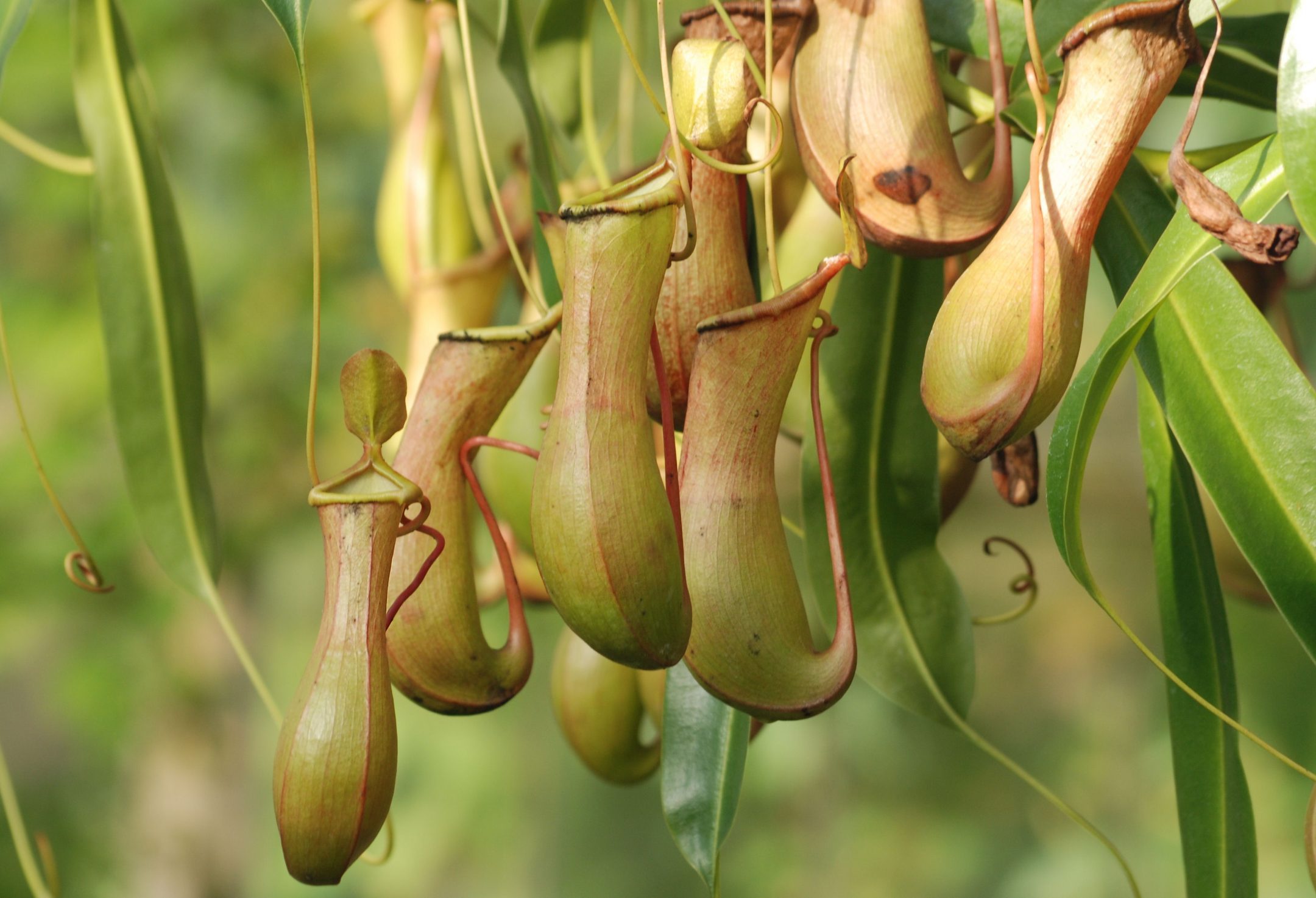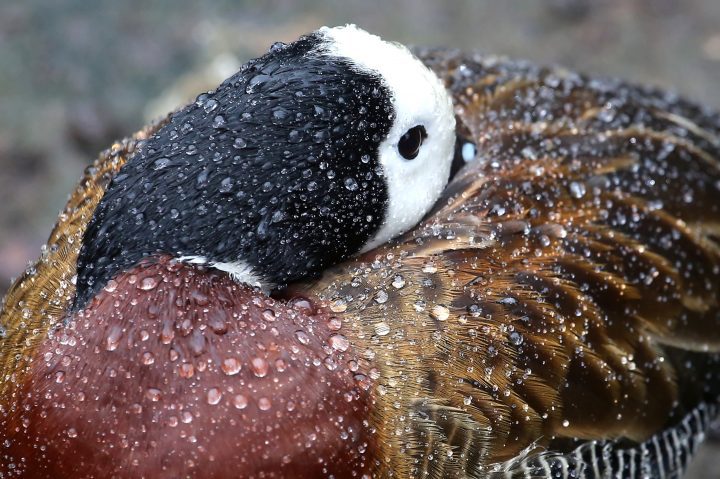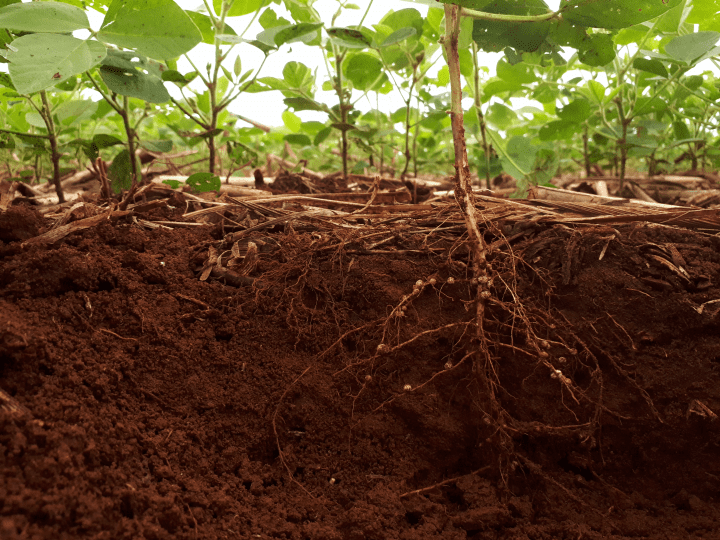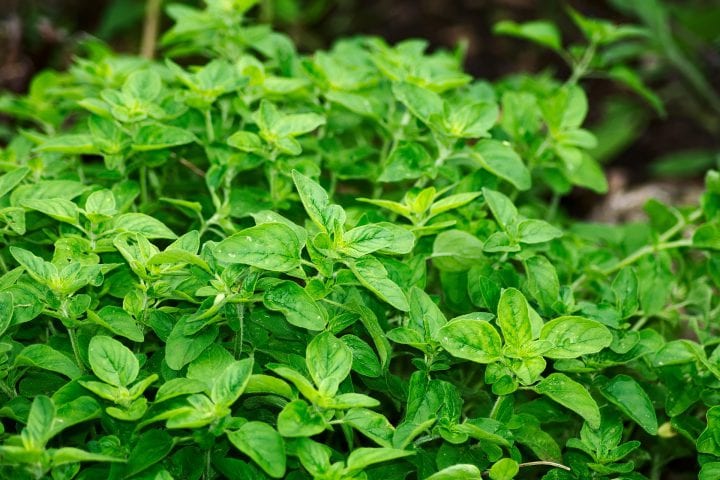The pitchers of pitcher plants prevent fungal growth using napthoquinones.
“Nepenthes spp. are carnivorous plants that have developed insect
capturing traps, evolved by specific modification of the leaf
tips, and are able to utilize insect degradation products as
nutritional precursors. A chitin-induced antifungal ability,
based on the production and secretion to the trap liquid of droserone
and 5-O-methyldroserone, is described here. Such specific secretion
uniquely occurred when chitin injection was used as the
eliciting agent and probably reflects a certain kind of defence
mechanism that has been evolved for protecting the carnivory-based
provision of nutritional precursors. The pitcher liquid
containing droserone and 5-O-methyldroserone at 3:1 or
4:1 molar ratio, as well as the purified naphthoquinones,
exerted an antifungal effect on a wide range of plant and
human fungal pathogens. When tested against Candida
and Aspergillus spp., the concentrations required for
achieving inhibitory and fungicidal effects were significantly
lower than those causing cytotoxicity in cells of the human
embryonic cell line, 293T. These naturally secreted
1,4-naphthoquinone derivatives, that are assumed to act via
semiquinone enhancement of free radical production, may offer
a new lead to develop alternative antifungal drugs with
reduced selectable pressure for potentially evolved resistance.” (Eilenberg et al. 2010:911)
Note: According to the paper, the exact mode of function of napthoquinones is unknown.
http://www.sciencedaily.com/releases/2010/02/100218150652.htm
http://jxb.oxfordjournals.org/cgi/content/abstract/erp359





